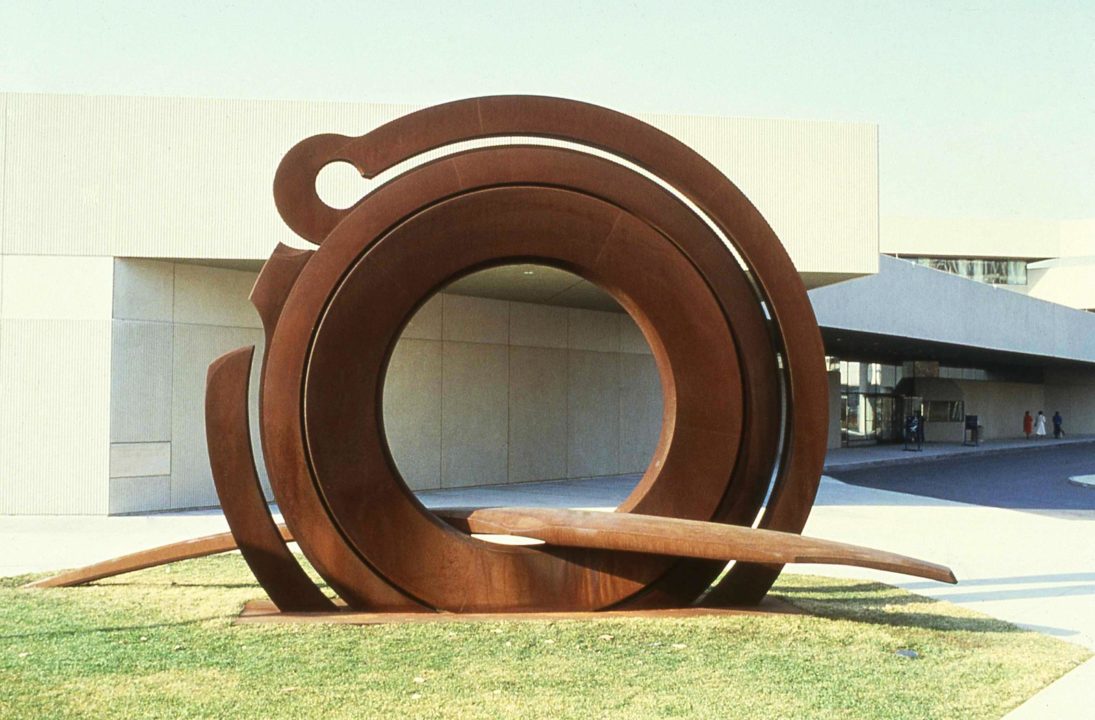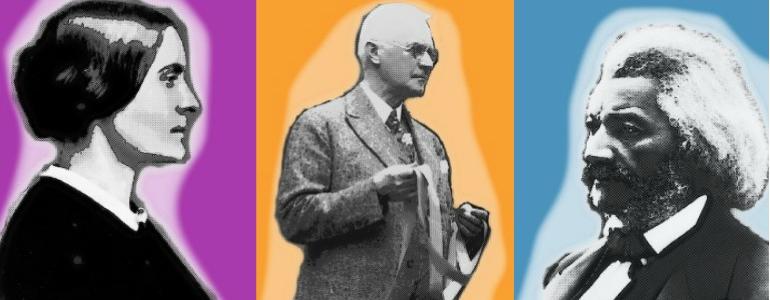Rochester has historically been home to many famous figures, from George Eastman to Susan B. Anthony. Today we will explore an architect and an artist with Rochester roots who have ties to environmentalism. We will also and examine how civil right activists, like Frederick Douglass, are connected to movements in sustainability.
Born in Rochester in 1882, Clarence Stein was an urban planner, architect, and writer. Among his efforts, he advocated for the Garden City Movement, a method of urban planning in which self-contained communities are surrounded by “greenbelts“, containing proportionate areas of residences, industry, and agriculture. Stein believed in molding urban construction into nature to make comfortable inhabitances. Beginning in 1923, Stein collaborated with Henry Wright on the plan for Sunnyside Gardens, a 77-acre pedestrian-oriented neighborhood in Queens. Stein and other members of the Regional Planning Association of America lobbied for the creation of government-sponsored planned communities. In the 1930’s, the Resettlement Administration planned for 22 green-belt resettlement towns across the country. While three of these communities were successfully built, the rest never came to fruition when the Resettlement Administration was dissolved in 1936.

Albert Paley is a metalwork sculptor who focuses on three foundational elements in each of his pieces: the natural environment, the built environment, and the human presence. These three elements echo the three pillars of sustainability; environment, economy, and society, in which sustainability is said to thrive when all three pillars are in harmony. While Paley was born in Philadelphia in 1944, he currently lives and works in Rochester with his wife, Frances. Paley’s first significant public sculpture was placed outside of Rochester’s Strong Museum in 1982. Although Paley got his start as a jeweler, he has developed into one of the most well-known and influential metalsmiths in the world.
Today we live in the face of a global pandemic, while protests take place against police brutality and racial inequity. Recent events have resulted in a push to rename the Rochester International Airport after civil rights activist, Frederick Douglass. Sustainability professionals are being called to reexamine the approach to climate work, tying it to racial inequity, as well as redefining sustainability and how it is practiced. Last month, the Green Reps’s Compost offered many resources on environmental justice, racial equity, and social justice. Many sustainability professionals are seeing this challenging time as an opportunity develop the general understanding of the “people” aspect of sustainability and its tie to environmental justice. Through this understanding there is a link between individuals, such as Frederick Douglass, known for their fight in the rights of marginalized populations, and the goal of reaching sustainable society in which all three pillars are in harmony.
As we live through a notable time in history, we can learn from our past and look to rebuilding a promising future. There is so much history to be explored right here in Rochester.


Great article thanks for sharing this information
Great article thanks for sharing this great information
Yes you can reference this article and link back to it. Thanks!
can i create a backlinks???
We will have to return to sustainable, planned cities, since suburban sprawl in Rochester an all over is at the root of so many of our fundamental problems.